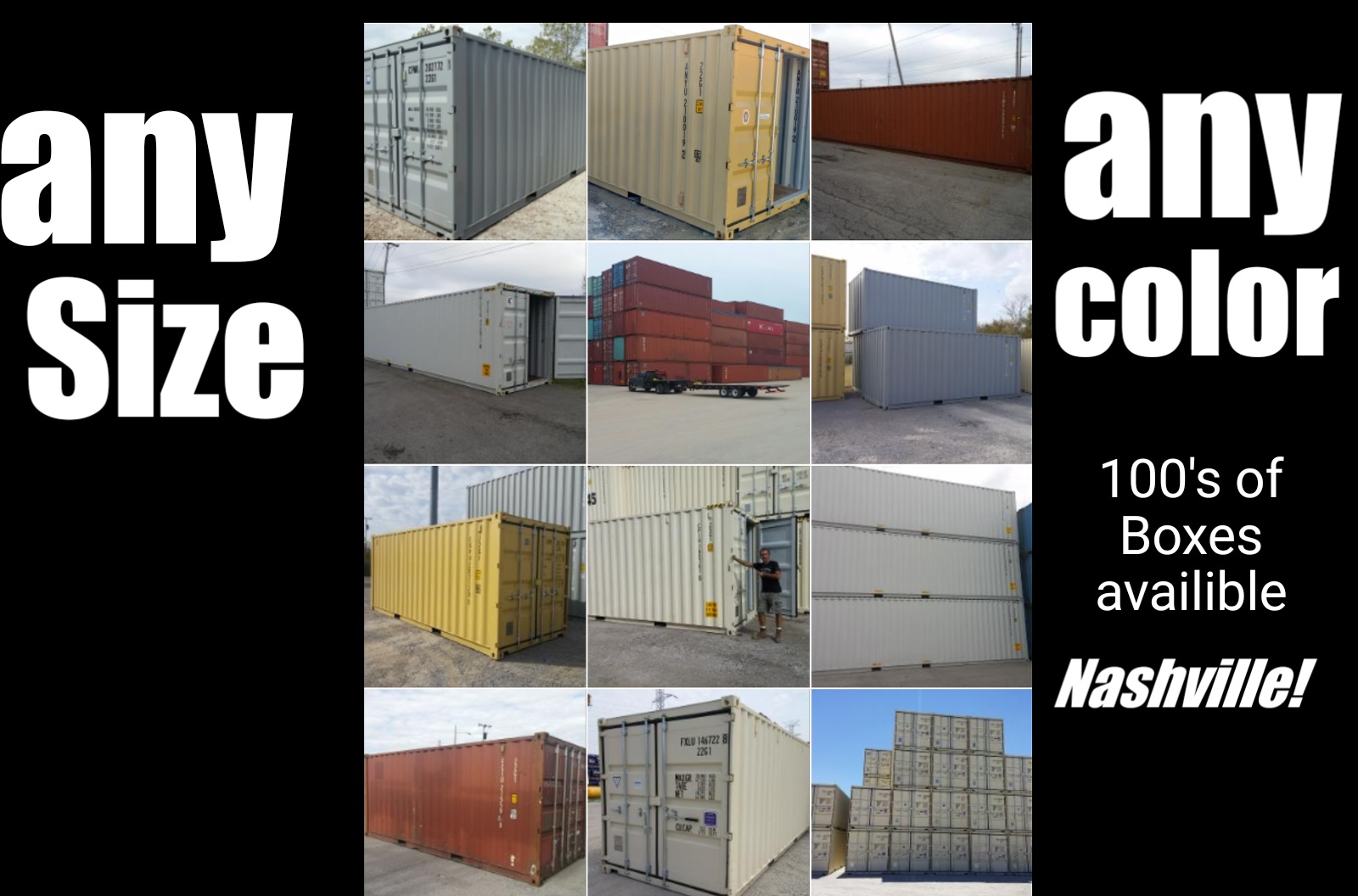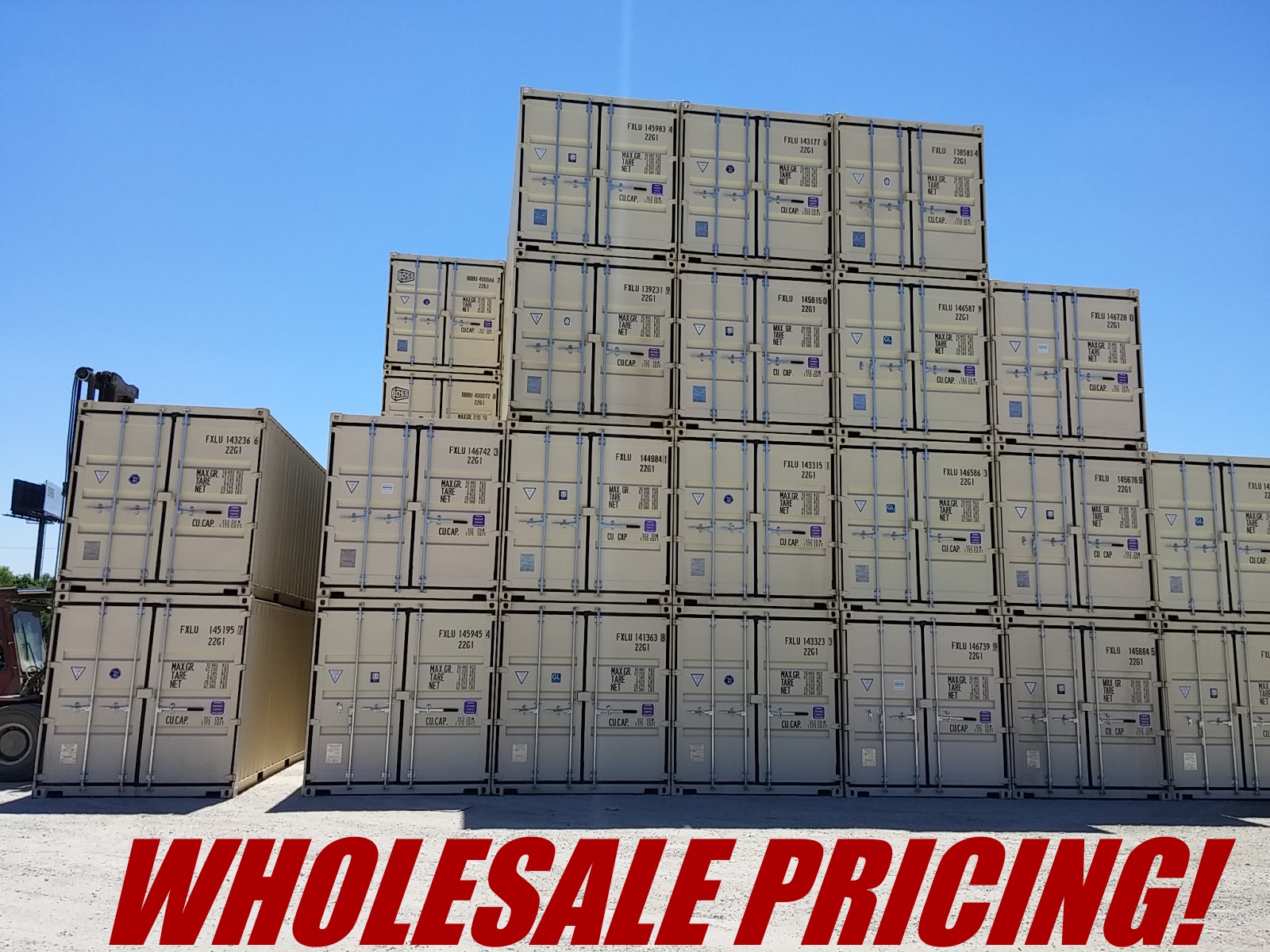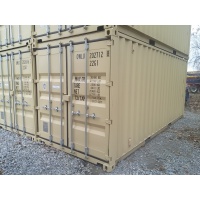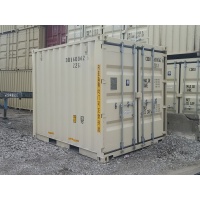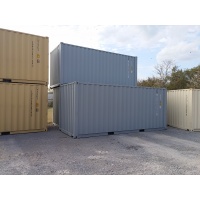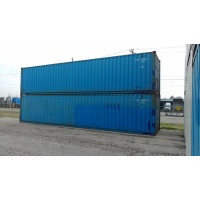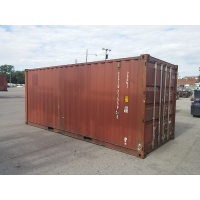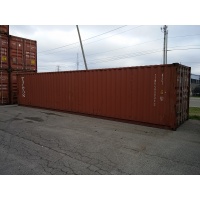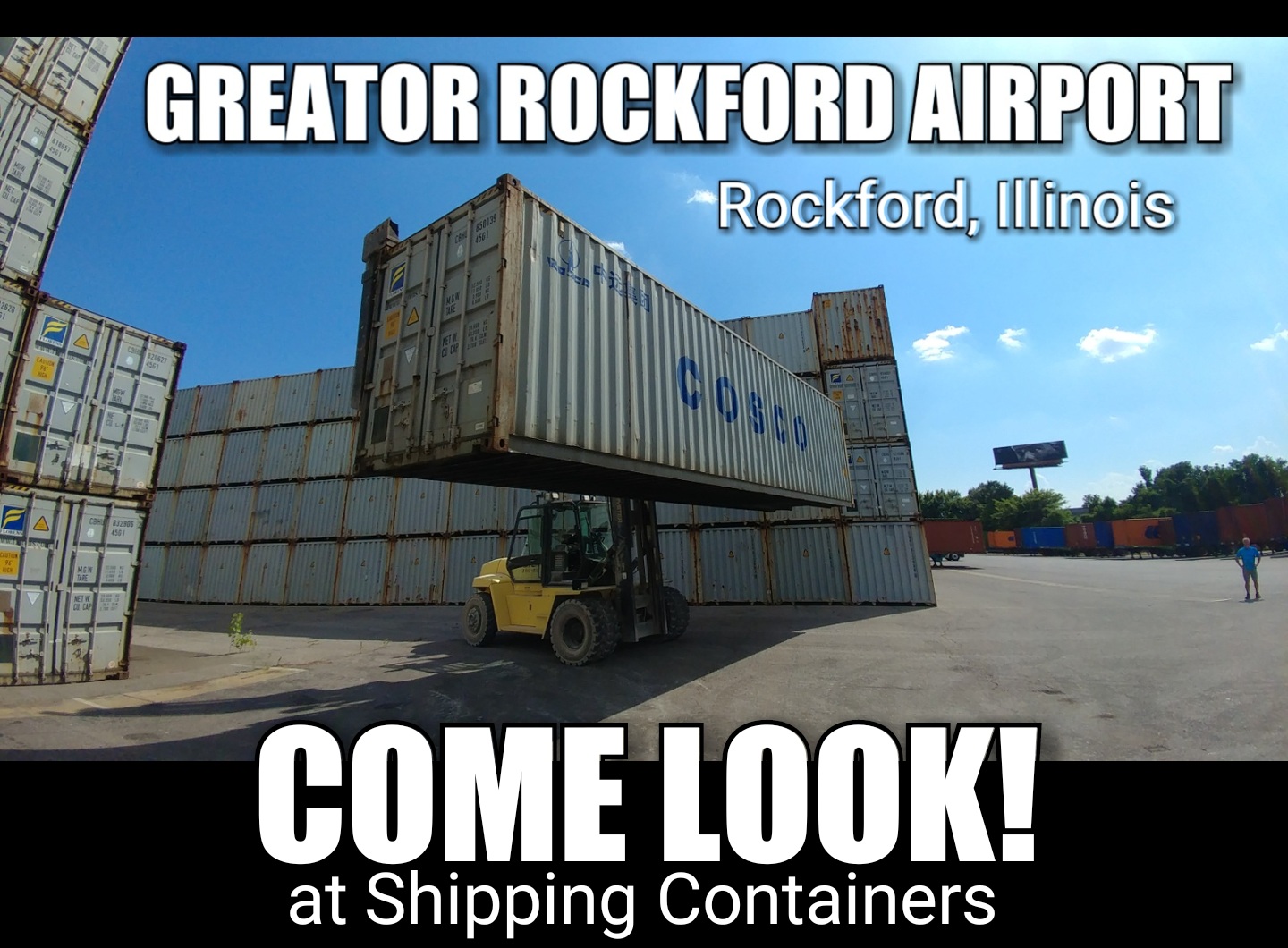Two decades ago, the Port of Shanghai was the only one in the Yangtze River Delta region to be ranked among the world’s top 100. Back then, the number of containers it handled accounted for less than 2 percent of the global volume.
Today, the Yangtze River Delta region is home to five of the world’s top 100 container ports. Meanwhile, the Shanghai International Port Group (SIPG) and the newly integrated Ningbo Zhoushan Port Group are the largest and fourth largest container ports in the world respectively. In 2016, these ports handled 13.17 percent of the total volume of the top 100 ports.
In terms of cargo volume, seven of the world’s 10 largest ports are from China. Among them are Ningbo Zhoushan Port, SIPG and Port of Suzhou which are ranked first, second and fourth respectively. All three ports are located in the Yangtze River Delta region.
“In 20 years, the region has formed a port cluster, which contains the Shanghai International shipping hub, the Ningbo Zhoushan Port in Zhejiang province and the Port of Suzhou in Jiangsu province,” said Xu.
In order to coordinate the development of ports and shipping industries in the Yangtze River Delta region, the State Council decided to establish the regional ports management committee in 1997. The 15 major ports in the region form the largest port cluster in East China in terms of capacity. These ports handled a total of 4.17 billion tons of cargo and 78.08 million TEU (20-foot equivalent unit) containers in 2016, accounting for 35.2 percent and 35.8 percent of the nation’s total respectively.
Ding Li, deputy secretary-general of the China Ports and Harbors Association, pointed out that the Port of Shanghai and the Ningbo Zhoushan Port can be considered world-class container hubs. The latter is also an international bulk terminal capable of handling the world’s largest oil tankers and it handled about one-fifth of crude oil imports and nearly one-ninth of iron ore imports in China last year.
According to Ren Zhong, an official from the Zhejiang provincial transportation department, the Ningbo Zhoushan Port in 2016 became the first in the world to handle an annual volume of more than 900 million tons of cargo. The facility has also been the world’s largest cargo port by volume for eight consecutive years.
In a bid to further coordinate the development efforts of ports located in Jiangsu province – they handled 2.41 billion tons of cargo in 2016, accounting for 18.3 percent of China’s total cargo volume – authorities set up the Jiangsu Port Group in May, said Zhu Peide, bureau chief of the Jiangsu provincial port.
“A world-class port cluster in the Yangtze River Delta region will be undergoing a golden period of development as the nation is rolling out a series of national strategies. These strategies will help realize Shanghai’s ambition of becoming an international shipping center,” said Ding.
Zhang Lin, deputy director of the Shanghai Municipal Transportation Commission, added that ports in China have for the past few years been developing themselves in accordance with the Belt and Road Initiative.
The Port of Shanghai, for example, has established close ties with 128 major ports in countries related to the initiative. Meanwhile, SIPG, China COSCO Shipping Corp and Zhenhua Heavy Industries have expanded their footprint overseas.
In June 2015, SIPG obtained the right to run the new Haifa port in northern Israel for 25 years. In 2016, China COSCO Shipping Corp acquired stakes in the Euromax Terminal in Rotterdam of the Netherlands and the terminal at Khalifa Port of Abu Dhabi, both of which are important pivots in countries and regions related to the initiative.
During the annual China Maritime Forum held in Ningbo on July 11, He Jianzhong, vice-minister of transport, said that creating an optimized supply structure, rolling out a comprehensive ocean transportation service network and simplifying customs administration would help to bolster the development of the maritime industry.
http://usa.chinadaily.com.cn/business/2017-07/21/content_30206975.htm










